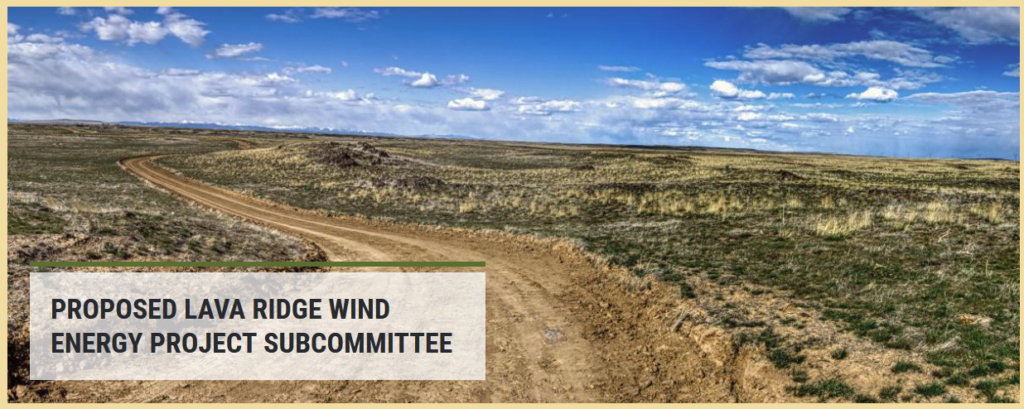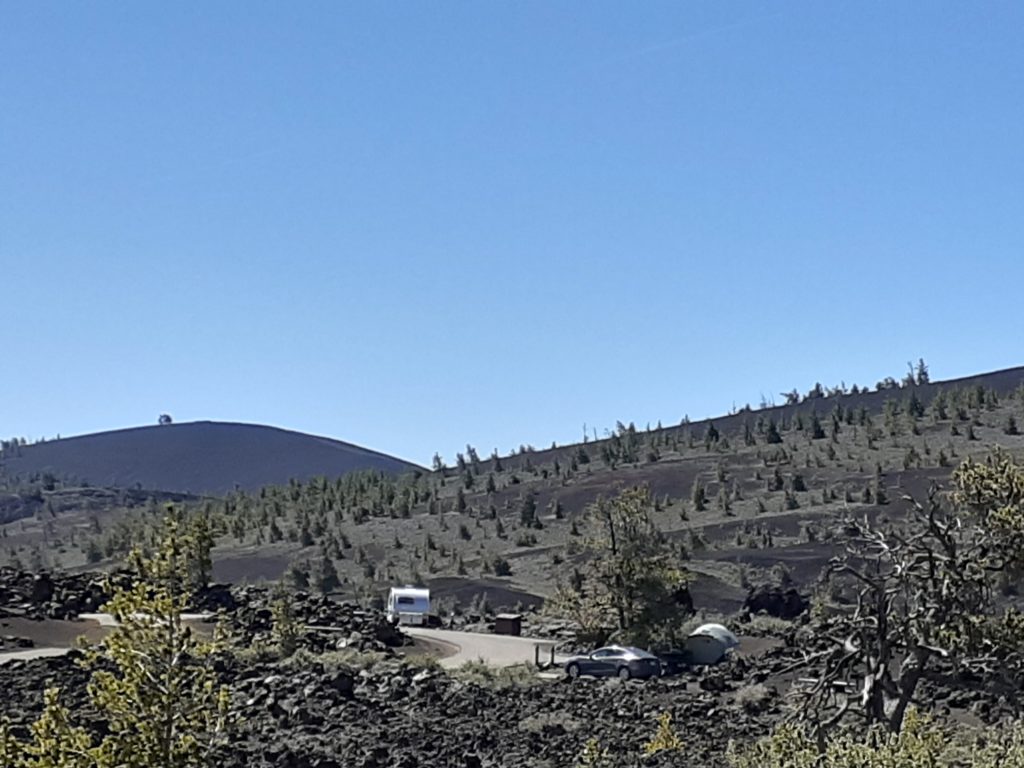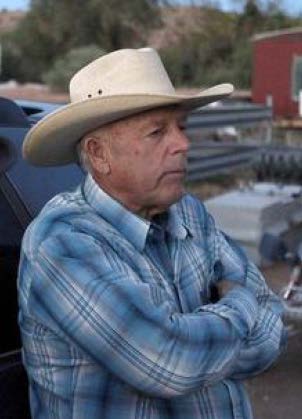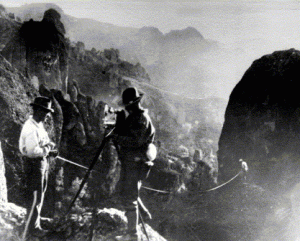Notice of BLM Lava Ridge meeting
August 22nd, 2022
As we left our Craters of the Moon Nat’l Monument campsite in Idaho in May…
… and headed southeasterly, on the way to the rather new Minidoka Nat’l Historic Site, Alan discovered that there was a Lava Ridge wind project proposed for the area.

Here’s today’s notice from BLM:
Details:
Thursday, August 25, 2022
9:00 a.m. – 5:00 p.m. Mountain Daylight Time
Virtual via Zoom – Zoom Registration
The first meeting was on July 7, 2022:
View the recorded meeting here
The Lava Ridge wind project is likely the country’s largest wind project thus far, with turbines twice the size of those in Minnesota. Here’s the “Magic Valley” developer page: https://www.magicvalleyenergy.com/
And the BLM page for the project:
LAVA RIDGE WIND PROJECT
Cut & paste of some basic facts for the project:
BLM National NEPA Register — Lava Ridge Wind Project
The “Friends of Minidoka” are actively challenging this project, more info here, the link is dated, a cut & paste blurb from BLM:
Bureau of Land Management Extends Public Scoping for the Lava Ridge Wind Project
The prerecorded presentation and scoping posters are available on the project website at https://go.usa.gov/xFKxg.
Contact info for BLM, please contact Kasey Prestwich, Lava Ridge Wind Project EIS Project Manager, Phone: 208-732-7204, E-mail: kprestwich@blm.gov.
From that Scoping Report, here’s another, better map:
I’d expect the EIS will take at least a few more months, and perhaps not be released until next year. I’ve asked and will report in if I get a response. And here ’tis, expected that “Draft EIS will be published in September 2022 and a Notice of Availability for the Final EIS will be published in April 2023.”
Just in today (I’d requested to be on developers project list) – there’s a meeting on Saturday,11a-1p at College of Southern Idaho, Taylor Building, Rm. 276:
Krugman at his best — on Bundy
April 28th, 2014
Last post on this, Paul Krugman says it all. Really…. well… probably…
In yesterday’s New York Times, Paul Krugman says very clearly what I’ve been trying to wrap my head around. Cliven Bundy is a moocher, no doubt, I’ve called him a “welfare queen” too, but the hatred Bundy spews is… is… well, read what Krugman has to say, he puts it all together.
The anti-government mindset is indeed a problem. Just Friday, I ran into it when a friend repeated the mantra, “You know what’s wrong, it’s the government, the government is too powerful,” when we were attending a hearing focused on utility power (“why do you think they call them power companies”), where it was a utility trying to take someone’s land. HUH? How is that an example of problem with “government?” The landowner in the middle of the fray clearly stated her take, “It’s the utilities, the corporations have too much power.” Yup, my take too. How does it become an issue of “too much government?” This highlights the failure of our individuals and schools to foster critical thinking compounded by the acceptance of the non-stop media regurgitation of false and twisted information. But hey, that’s just another display of corporate power.
The only thing I’d change? Where Krugman says it’s a perversion regarding “freedom of the wealthy,” I think it’s more freedom of ANYONE, and so I’d make this edit:
For at the heart of the standoff was a perversion of the concept of freedom, which for too much of the right has come to mean the freedom
of the wealthyto do whatever they want, without regard to the consequences for others.
Here are Krugman’s thoughts:
High Plains Moochers
BLM rules for solar and wind projects
December 30th, 2011
The Bureau of Land Management has issued Advance Notice of Rulemaking for solar and wind projects on federal land.
Here’s the Notice:
Send Comments by February 27, 2012:
ADDRESSES: You may submit comments by any of the following methods:
Mail: Director (630) Bureau of Land Management U.S. Department of the Interior Room 2134LM 1849 C St. NW.
Washington, DC 20240 Attention:
1004–AE24 Personal or messenger delivery: U.S. Department of the Interior Bureau of Land Management 20 M Street SE., Room 2134LM, Attention: Regulatory Affairs Washington, DC 20003
Federal eRulemaking Portal: http://www.regulations.gov Follow the instructions at this Web site.
Here’s an article from Bloomberg about it:
U.S. Proposed wind, Solar Leasing Rule on Federally Owned Land
By Benjamin Haas – Dec 29, 2011 3:14 PM CT
The U.S. Interior Department is seeking comment on how it should issue right-of-way leases for competing solar and wind projects on government land.
The department wants to establish a competitive bidding process that would bring “fair market value for the use of public land,” it said in a statement today. The government is considering bidding procedures within zones designated for wind and solar projects, including how companies would qualify and what financial arrangements would apply. A 60-day comment period ends Feb. 27.
These zones may be beneficial to birds, the American Bird Conservancy said in a statement today. “American Bird Conservancy is developing a map of the areas where wind energy would be most risky to birds,” said Kelly Fuller, the organization’s wind-campaign coordinator.
The Department’s Bureau of Land Management oversees 245 million acres (992,000 sq. kilometers) across the U.S, according to the report. It plans to have 10,000 megawatts of wind, solar and geothermal projects approved by 2015.
To contact the reporter on this story: Benjamin Haas in New York at bhaas7@bloomberg.net
To contact the editor responsible for this story: Susan Warren at susanwarren@bloomberg.net








